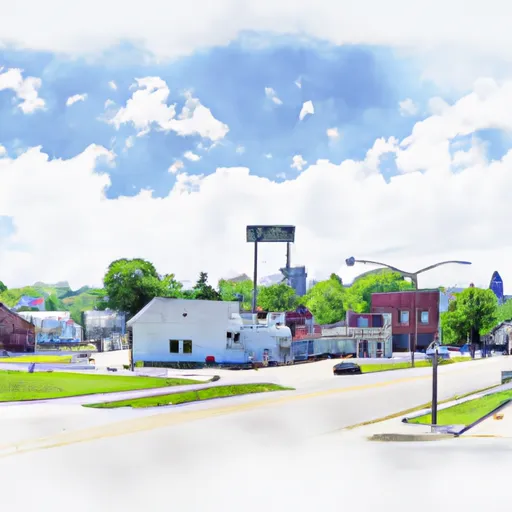°F
°F
mph
Windspeed
%
Humidity











Thorp, Wisconsin is a small town located in Clark County. The climate in Thorp can be characterized as a continental climate with cold winters and warm summers. The average temperature ranges from around 10°F (-12°C) in winter to 80°F (27°C) in summer. Precipitation is evenly distributed throughout the year, with an annual average of 32 inches (81 cm).
Hydrology constituents in Thorp are mainly influenced by the Yellow River, which flows through the town. The river provides opportunities for fishing enthusiasts, with species like trout, bass, and panfish commonly found. Additionally, there are several small lakes and ponds in the area that offer boating and water sports.
Outdoor recreation opportunities in Thorp are abundant. The town is surrounded by picturesque countryside, making it ideal for hiking, biking, and camping. The area is also known for its hunting opportunities, with deer, turkey, and small game available. Thorp also has a golf course and offers winter activities like snowmobiling and cross-country skiing.
Overall, Thorp, Wisconsin offers a diverse climate, hydrology constituents centered around the Yellow River, and a range of outdoor recreation opportunities for nature enthusiasts to enjoy throughout the year.
Weather Forecast
Thorp receives approximately 811mm of rain per year, with humidity levels near 84% and air temperatures averaging around 6°C. Thorp has a plant hardyness factor of 4, meaning plants and agriculture in this region thrive during a short period during spring and early summer. Most plants will die off during the colder winter months.
Regional Streamflow Levels
5
Cubic Feet Per Second
577
Cubic Feet Per Second
61
Cubic Feet Per Second
5
Cubic Feet Per Second
Nearby Camping
| Camping Area | Reservations | Toilets | Showers |
|---|---|---|---|
| Leroy Percy State Park | |||
| Rocky Springs - Natchez Trace Pkwy | |||
| Clear Spgs Rec Area | |||
| Lamar Dixon Expo RV Center | |||
| Little Sunflower River | |||
| North Rec Composite |



